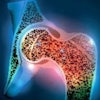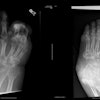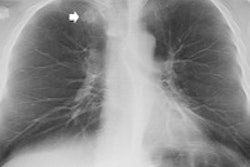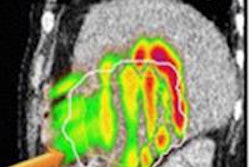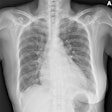Dear Digital X-Ray Insider,
Welcome to the latest edition of the Digital X-Ray Insider. Have you heard about the wonders of digital chest tomosynthesis? For instance, the modality can help cut costs and reduce the need for CT exams in patients with suspected lesions. The question is, by how much? Find out in an Italian study.
An article you won't want to miss discusses what radiology was like in Germany under Nazi reign. The German Radiological Society (Deutsche Röntgengesellschaft, DRG) commissioned an eminent medical historian to research the organization's role between 1933 and 1945. The results will be presented at an exhibition in May, but in the meantime, read what everyday medical practice was like and what was required of radiologists.
Also in your Digital X-Ray Community, our history columnist Dr. Adrian Thomas discusses the origins of French radiology. Dr. Antoine Béclère is credited with popularizing radiology in France and even proposed the term 'radiologie' for the new specialty. In 1896, he installed apparatus into his own home at 5 rue Scribe. He made a radiograph of a hydropneumothorax and also studied pulmonary tuberculosis. Be sure to check out what else Béclère did and how radiology came to be in France.
Other highlights include the following:
For only the seventh time in their respective histories, the German Radiology Society and the Austrian Radiology Society are collaborating on a combined congress to be held in May in Hamburg, Germany, under the slogan "Radiology is diagnosis and therapy." Click here to read more.
A novel x-ray fluorescence imaging system could enable molecular CT using nonradioactive high-Z tracers, German researchers have found. Although conventional CT does not provide functional information, recent advances in the imaging of high-Z elements have spurred interest in molecular CT. Click here to read more.
This is only a smattering of the articles to be found in your Digital X-Ray Community. Be sure to check out the rest of them below this message.


